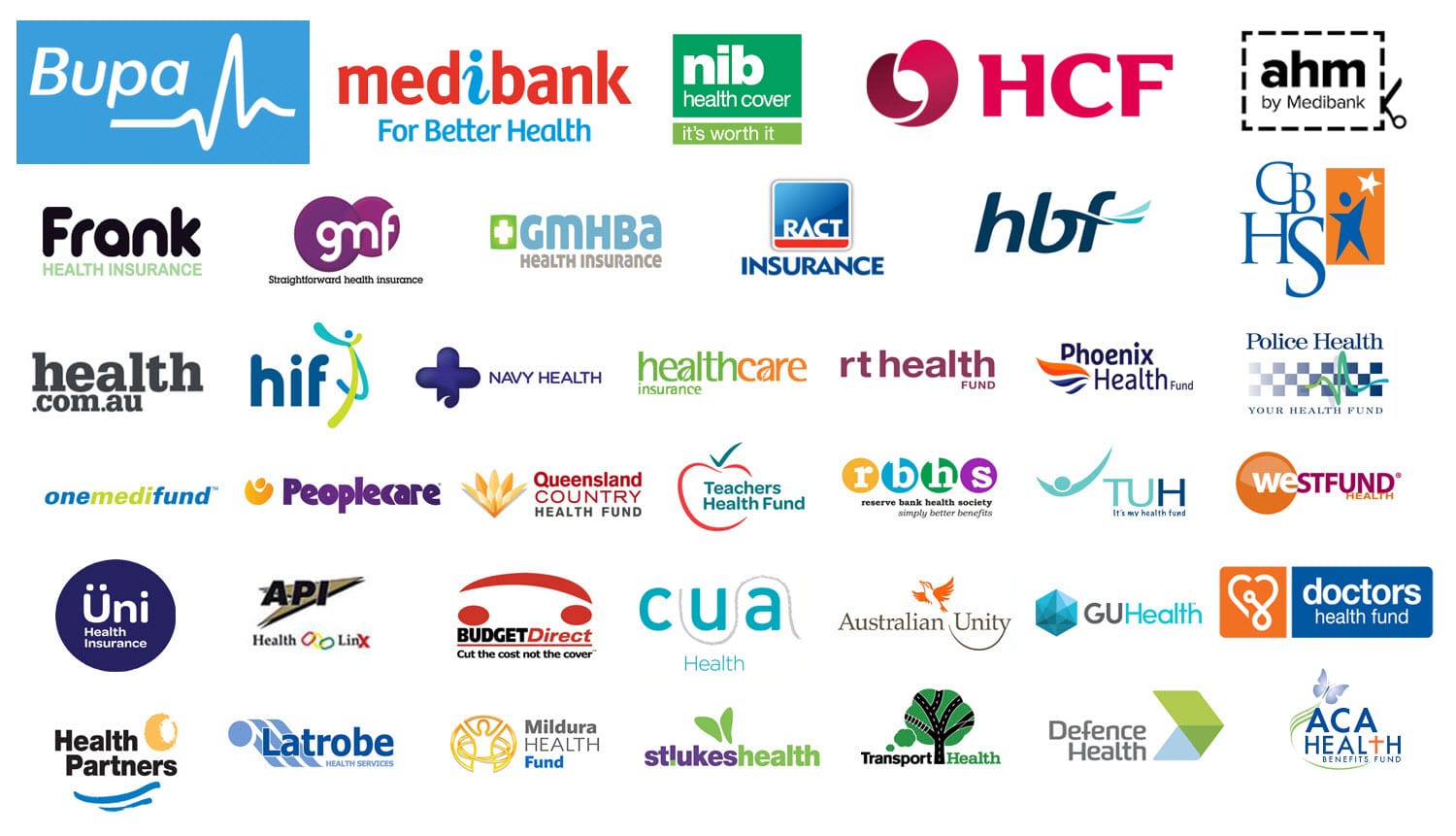Dry Eyes Toowoomba | Dry Eyes Highfields
Tracking
Learning to read requires the skill of putting two eyes on one word and then moving them to the next word efficiently (this is called tracking). Most adults do not remember learning this. They certainly were not born with this ability. In the same way babies are not born with the ability to control their arms and legs. Everyone has to learn how to see, to be able to read.
For some people the process of tracking is more difficult. Individuals may lose their place on the page; find it hard to stay on the line and often lose their place. this makes comprehension difficult. When a task is difficult the individual will tire more quickly and often give up. Good reading takes practice, giving up means that reading skills are not developed. It can be very frustrating when an individual’s eyes cannot keep up with their brain.
Our optometrists measure the tracking skills of patients and compare the results to age norms. Strategies are then devised in order to improve the patient’s tracking. One strategy is to prescribe lenses, which make reading easier by taking some of the pressure off the muscles of the eyes.
Another is the use of “reading rulers” which help to keep the eyes on the correct line. There are many more strategies that can be employed depending on the individual patient’s needs. When the patient is able to read more, their reading skills improve. An important part of the process is to re-test the patient’s reading progress, allowing our optometrists to evaluate if the strategies used are working or if adjustments need to be made.
In addition we offer vision-training programs that help develop the visual skills required for reading. Please ask our optometrists for advice on this. For many children, a teacher and parent’s observations are particularly useful when assessing a child’s visual abilities. To assist with this, parents can download this form and ask their child’s teacher to complete it, before attending an optometrist appointment.


